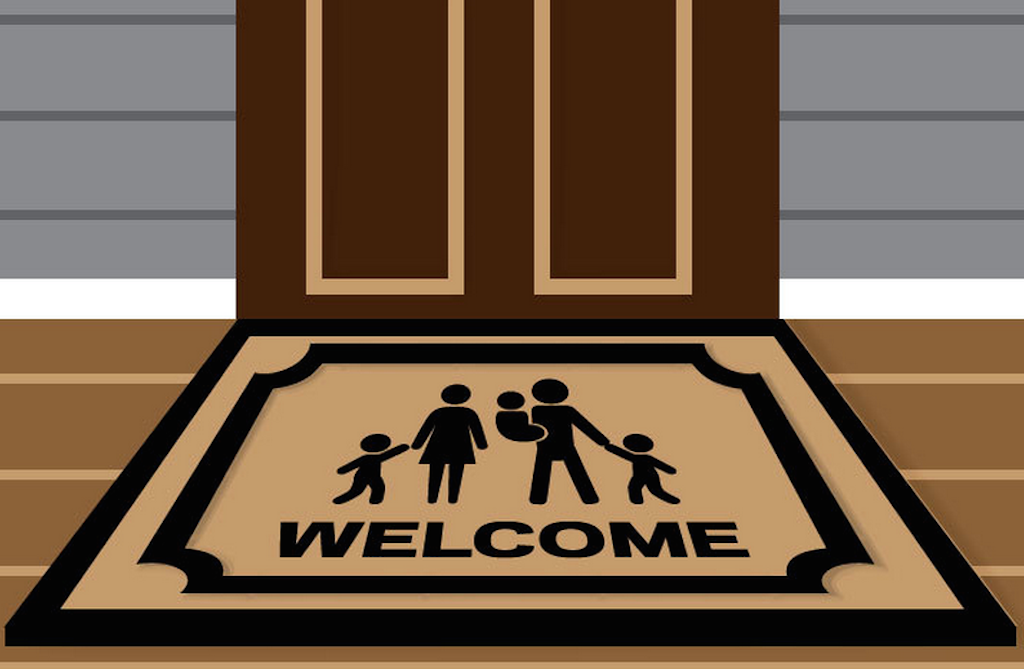Three or so weeks ago, about 60 executives whose professional livelihoods focus on residential neighborhood development–home builders, developers, investors and lenders, marketers, etc.–got together in a room an divided up into six or seven roughly equal-sized groups at round tables.
The challenge facing each table’s members–working separately together in a 45-minute or so exercise–was pretty simple: build a home building company if you were starting today. The criteria each group worked with to guide them were pretty basic: geographical footprint; customer segment(s) and product(s) focus; land position (greenfield vs. urban infill); type of capital structure; and a choice of being public or private.
After about 30 minutes of this “break-out” exercise–one table not knowing what each of the others was discussing for that period–each table designated a “leader” to report back to the entire group of 60 the conclusions of the table group.
Now, mind you, there were more private home building firm executives in the room than public, but the exercise was especially revealing to me in several ways.
No. 1, nobody in the room designed a public home building company business model, although the smarter and more sophisticated groups proposed a private company with access to the public debt markets as a capital structure.
No. 2, the preferred operational geography each and every table leader proposed was a footprint in “Smile” or sand states known for lower regulatory barriers and local economies benefiting from the broader, macro lift of the fundamentals recovery–household formations and healthy jobs-to-permits ratios. Nobody expressed covetous designs on land-constrained, coastal, heavily regulated and high-priced parcels as their start-up land strategy.
By and large, the land position choice–greenfield subdivision community development vs. inner ring infill tracts–came down to the particular expertise of the table participants, and was about equally divided. However, almost all the participants chose one of two specific customer segment groups as their home buyer target universe: Millennial adult prospects or 55+ buyers (or both).
Better-built, more-customer-focused, and less expensive entry-level homes was the product position most identified as the biggest opportunity area. Equally, a high-value, well-situated, age-integrated 55+ community product got a lot of support in this hypothetical business modeling exercise.
All in, a privately-held, public-debt financed, Sand-states located, greenfield, single-family detached, entry-level cum 55+ targeted business model seemed to just about everybody in the room as the company to start up at this stage of the housing cycle (between the mid-point and three-quarter point).
Which begs the question. How come nobody’s starting home building companies today? How come most of the young companies that are doing so well now got going during the throes of the worst times, and virtually no companies get going when times are better?
Would you start a company now? Even if it were the ideally positioned, capitalized, designed, and geographically located company, would you hang up a shingle and start operating in this environment, one that is setting up to be a strong one for the coming wave of young adults moving into homeownership, and the coming wave of older adults moving into 55+ community membership?
Where are home building’s new entrepreneurs? Where are the start-ups? In this Wall Street Journal article by staffer Anna Louie Sussman, we note that home building is not the only business community conspicuously unattractive to young entrepreneurs. She writes:
Economists are concerned that the slowing rate of startups signals the economy is growing less competitive, with the largest firms controlling more market share than they did in earlier periods. The White House’s Council of Economic Advisers has argued this leads to outsize returns for certain companies, and has dampened wages for workers, widening inequality.
It’s also a potential drag on productivity. New firms are often at the forefront of technological innovation, the kind that leads to productivity gains as those technologies spread across the economy. But research suggests that new startups are having trouble breaking out to reach their full potential.
Buying land at distressed prices as a home building business start-up building block can’t and shouldn’t and won’t be the entrepreneurial business model of the future. Something’s got to give so that people–like the ones in the room who put together their hypothetical home building start-up–will trigger into action to meet some of the unmet need in housing’s market for more affordable, more nimble, more accommodating homeownership templates and communities.
Home building’s master practitioners, its leaders, its artisans, its teachers, its investors, and its veteran voices of wisdom and reason face a moment of reckoning. They can rule today and fade inevitably into a lost noble art and discipline, or they can spark fresh, emboldened efforts among a next wave of entrepreneurs to come along and outdo what should be outdone, improve what can be improved, and shed what exists as dead-weight legacy practices that no longer serve the purpose they once did.
Here’s to those who shoot to make housing and home building’s future rather than to simply inherit its past. Whoever, and wherever they are.



